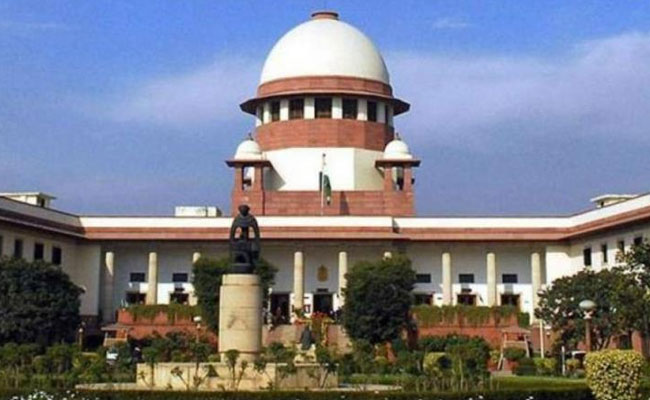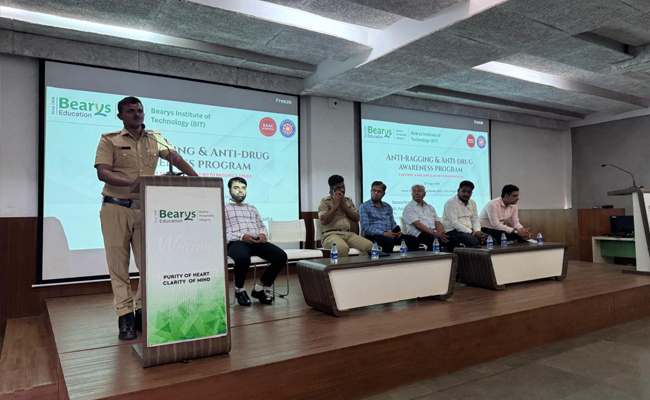New Delhi, Jul 9 (PTI): The Centre has informed the Delhi High Court it has no plans to introduce Rs 50 coin as people prefer banknotes.
The submissions came in response to a PIL seeking directions to produce currency notes and coins, particularly Rs 50 and below, which would be easily identifiable by blind persons.
A division bench of Chief Justice D K Upadhyaya and Justice Anish Dayal on Wednesday noted though the counter affidavit was filed with the registry, it was not on record.
"Let necessary steps be taken for bringing the same on record," the bench said and adjourned the matter.
The affidavit filed by under secretary in the Coin & Currency Division said, "The Reserve Bank of India conducted a survey in 2022 to analyse the usage patterns of existing coins and banknotes in circulation. The findings revealed a preference for banknotes over coins for the Rs 10 and Rs 20 denominations."
The petitioner, Rohit Dandriyal, claimed to have conducted a study on the distress and inequalities faced by blind citizens due to the design of currency notes, which makes it difficult for them to distinguish different denominations.
The affidavit said to ensure the accessibility and ease of identification of coins for all, including the blind, the Central government introduced a new series of coins in the denominations of one rupee, two rupees, five rupees, ten rupees, and twenty rupees in March 2019, which were specifically designed to be easily identifiable by the blind.
“With regard to the feasibility of introducing a Rs 50 coin, the RBI conducted a survey in 2022 to analyse the usage patterns of existing coins and banknotes in circulation. The findings revealed a preference for banknotes over coins for the Rs 10 and Rs 20 denominations... As indicated by the RBI's survey, the public currently shows a preference for banknotes over coins in the Rs 10 and Rs 20 denominations," the government said.
The affidavit continued, "Therefore, any decision to introduce a Rs 50 coin would depend on several factors including requirement of the economy, degree of public acceptance, etc., in addition to the concerns of the visually impaired persons. At present, no proposal regarding introduction of a Rs 50 coin is under consideration by the department."
It claimed that the Mahatma Gandhi (New) Series banknotes, introduced in 2016, incorporate a sharp colour contrast scheme aimed at facilitating denomination identification by individuals who are partially blind.
"Banknotes of denominations Rs 100 and above contain angular bleed lines as a tactile feature to aid the visually impaired," it said.
Moreover, the banknotes bear identification marks on the obverse (front) side, including raised (intaglio) printing, with distinct shapes corresponding to different denominations for the benefit of visually impaired persons, it added.
"These include a horizontal rectangle for the 2000 note, a circle for the 500 note, the letter "H" as the identification mark for the 200 note, and a triangle for the 100 note. Additionally, in these denominations, the numerals indicating the value are in raised print, further aiding tactile recognition," the coin and currency division said.
However, such identification marks in the form of raised (intaglio) printing are not present in the Rs 10, 20, and 50 denominations of the Mahatma Gandhi (New) Series, it informed.
The RBI was stated to have found the reintroduction of intaglio printing in lower denomination notes to be "unfeasible", as the tactile effect of such printing tends to erode more rapidly due to the high frequency of handling.
"Given that lower denomination notes circulate more extensively, the deterioration of tactile features over time is more pronounced. Moreover, the reintroduction of intaglio printing in these denominations would have significant implications on both the cost and efficiency of currency production," the department said.
It said there might be confusion due to pre 2016 and post 2016 series notes, but once the old series notes are withdrawn from circulation, the new series notes is expected to facilitate easier and more reliable denomination recognition for blind users.
The app Mobile Aided Note Identifier was introduced in 2020 to aid the blind to identify the denomination of banknotes, the affidavit added.
Let the Truth be known. If you read VB and like VB, please be a VB Supporter and Help us deliver the Truth to one and all.
New Delhi (PTI): The Supreme Court on Wednesday said the 11 documents required to be submitted by an elector for Bihar's special intensive revision (SIR) of electoral roll as opposed to seven documents in summary revision conducted previously showed the exercise was "voter friendly".
A bench of Justices Surya Kant and Joymalya Bagchi, which resumed hearing on a batch of pleas challenging the June 24 decision of Election Commission to conduct SIR in poll bound Bihar, said despite petitioners' arguments that non-acceptance of Aadhaar was exclusionary, it appeared the large number of documents was "actually inclusionary".
"The number of documents in summary revision conducted earlier in the state was seven and in SIR it is 11, which shows it is voter friendly. We understand your arguments that non-acceptance of Aadhaar is exclusionary but a high number of documents is actually inclusionary," the bench said.
The top court noted electors were required to submit any one of the 11 documents in the list.
Senior advocate Abhishek Singhvi, appearing for the petitioners, disagreed and submitted the number of documents may be high but they had the least coverage.
Giving an example of passport availability with the electors, Singhvi said it was only one to two per cent in Bihar and they have no provision for permanent resident certificates given in the state.
"If we see the availability of documents with the population in Bihar it can be seen the coverage is very low," he said.
The bench said the coverage of 36 lakh of passport holders in the state appears to be good.
"The list of documents is prepared normally after taking feedback from various government departments to ensure maximum coverage," Justice Bagchi pointed out.
On August 12, the top court said inclusion and exclusion of citizens or non-citizens from the electoral rolls was within the remit of the Election Commission and backed its stand to not accept Aadhaar and voter cards as conclusive proof of citizenship in the SIR of voters' list in Bihar.
As the row over the ongoing SIR escalated inside and outside Parliament, the top court also observed that the dispute was "largely a trust deficit issue” since the Election Commission(EC) has claimed that roughly 6.5 crore people of the total 7.9 crore voting population in poll-bound Bihar didn't have to file any documents for them or their parents featured in the 2003 electoral rolls.





